Tourists everywhere
18.09.2019 – Susanne Wenger
Overtourism is not restricted to the famous Italian city of Venice – Swiss destinations such as Lucerne and Interlaken are no strangers to the phenomenon either. However, other Swiss localities are still struggling to attract visitors as hotels go out of business.
Switzerland is an attractive holiday destination blessed with spectacular alpine panoramas and exceptional towns and cities. The country’s hoteliers recorded 38.8 million overnight stays in 2018 – more visits than ever before. This record high shows that Swiss tourism is back on track after some difficult years. First the financial and economic crisis broke out in 2008, then the currency shock compounded matters four years ago. Following the abandonment of the minimum Euro exchange rate by the Swiss National Bank and the subsequent appreciation of the Swiss franc, Switzerland had become too expensive for European guests in particular. Tourism leaders feared the worst. But visitor numbers are climbing again – so strongly in some places that the locals are up in arms.
Lucerne – situated on the lake, with its mountain views and famous wooden footbridge – is particularly popular. Well over 20,000 guests visit the small city each day during the high season. Many are American, while a sizeable contingent are Asians travelling in tour groups. In May of this year, some 12,000 Chinese arrived in Lucerne at virtually the same time. It was the biggest single group of holidaymakers that Switzerland had ever seen. According to a study by the Lucerne University of Applied Sciences and Arts, such an influx has economic benefits. In 2017, organised sightseeing generated added value worth 224 million Swiss francs alone at the watch, jewellery and souvenir shops situated on Lucerne’s central square where all the tourist buses stop. This is remarkable even by Swiss standards.
Response from local parliament
Revenues are buoyant, but traffic and overcrowding in the city centre have become a bane for residents who complain that their local shops now only cater to tourists. Lucerne’s politicians are on the case, with the city parliament having recently approved a motion from the Green Party that includes drastic measures such as controls over pricing and a limit on hotel beds. The city council must now draw up a report detailing how it sees tourism in 2030 – because visitor numbers will probably continue to rise. “Global growth in tourism is the main cause of mass tourism,” says the Lucerne-based tourism expert Jürg Stettler in an interview with “Swiss Review” (see page 8).
Situated not far from Lucerne is the popular Mount Rigi – another destination heaving under the weight of tourists. Last year, the Rigi Railways transported almost one million people up and down the mountain – again a new record. Mount Rigi is popular not only with the Swiss but also among tour groups from China and South Korea. The Rigi Railways want to expand, but this plan has met resistance. Thousands of people, including local celebrities such as cabaret artist Emil Steinberger, submitted a petition calling for an end to the “Disneyfication” of Mount Rigi (see also “Swiss Review” 4/2018). This effort paid off when local citizens, municipalities and tourism leaders recently signed the Rigi 2030 charter that commits to securing a sustainable future for the iconic mountain.
Generous spending
Interlaken in the Bernese Oberland has also seen significant tourism growth in recent years. First you have the Asians who like to take the scenic ride by cog railway to the 3,000-metre Jungfraujoch, a Unesco World Heritage site. Secondly, the popular destination between Lake Thun and Lake Brienz is a magnet for affluent visitors from the Gulf States who like to travel independently. Arab visitors cough up 420 francs on average each day, hotel not included – whereas the Chinese contribute around 380 francs and the Swiss spend a relatively miserly 140 francs. Almost 90 per cent of Interlaken’s workforce make a living from tourism. Hence little wonder that they are so accommodating to the lucrative Middle East market.
But a saturation effect is in evidence here as well, according to a study by the University of Berne. Fully veiled Arab women strolling through town have become a conspicuous addition to local life. Unlike Ticino, the canton of Berne has not banned women from wearing the niqab face veil in public. However, the garment is still a bone of contention. The Interlaken tourist board tries to foster communication on both sides of the cultural divide to prevent misunderstanding. Tourism providers receive special training, while Arab guests unfamiliar with Swiss customs now have their own dedicated contact point as well as an information guide to explain things like the Swiss highway code – because visitors from the Middle East often drive around in hire cars.
“A sporadic phenomenon”
Thanks to the power of social media, even remote locations are no longer immune from international attention. Take Berggasthaus Aescher-Wildkirchli in the canton of Appenzell-Innerrhoden for example, which has been photographed by Instagram tourists from around the world. The most recent managers of this tiny guest house hung up their tea towels after the crowds got too much for them. Stories such as this have led to the term “overtourism” being increasingly used in public discourse about the negative impact of mass tourism in Switzerland. The Swiss Tourism Federation, which represents the interests of the sector, even published a position paper on overtourism not so long ago. However, federation spokesman Robert Zenhäusern is at pains to play down the report. “It’s a sporadic phenomenon in Switzerland, confined to a small number of hotspots.”
Zenhäusern says that tourists are unequally distributed across the country. Mountain communities in Valais and Grisons are off the traditional tourist trail and do not attract enough guests. Demand among Europeans is still not what it used to be. This is a situation that Zenhäusern wants to change, because the flip side of overtourism is only too real in certain parts of Switzerland. According to hotelleriesuisse, the Swiss hotel association, around 100 Swiss hotels go out of business each year. Drastically shrinking margins seem to be the main problem. There are also not enough investors willing to give some localities the facelift they need. Whenever a mountain region loses a hotel or a railway line, this can have a significant economic knock-on effect. Politicians are calling for greater public funding. However, tourism experts believe that Switzerland also needs to ready itself for the growing influx of travellers from around the world. The tourist sector is trying to manage the inundation more effectively in order to reduce visitor bottlenecks and avoid eroding goodwill among local communities. Measures also include selling autumn as a separate season instead of advertising Switzerland solely as a winter and summer destination.
Chinese tourists
Economic growth and relaxed travel regulations mean that increasing numbers of Chinese are travelling abroad. The effects of this are apparent in Switzerland, where Chinese tourists accounted for around 17,500 overnight stays in 2005 – and approximately 147,300 in 2018. Tourism experts expect this trend to continue, because only ten per cent of China’s 1.4 billion population currently own a passport. (SWE)
The “Fifth Switzerland” – they love to travel
Not everyone who visits Switzerland is looking for a new experience. Many are going back to their roots, or to put it another way – going home. Tens of thousands of Swiss Abroad who visit Switzerland are renewing ties with their homeland. There are no precise figures as tourist statistics include visitors’ country of origin but have no information about their connection to Switzerland.
However, a survey by the Organisation of the Swiss Abroad (OSA) covering 35,000 people does provide some valuable indicators: 68 per cent of respondents said they visit Switzerland at least once a year. Just under a third said they visit Switzerland at least three times a year, with ten per cent travelling there five times or more per year. An extrapolation of these findings to the 760,000 Swiss Abroad suggests that they form a significant visitor group.
Holidaymakers from the “Fifth Switzerland” are major contributors to the tourism industry. While foreign tourists spend fewer than three nights in Switzerland on average (2017: 2.1 nights), Swiss expatriates like to take their time. The resounding majority stay for eight or more days and one quarter spend more than two weeks in the country. They also like the traditional souvenirs: chocolate, cheese, wine and watches in particular. Their influence on the hotel sector is less pronounced, as most Swiss Abroad prefer to stay with friends or relatives.
The survey also emphatically shows that Swiss Abroad believe the best way to strengthen their connection to Switzerland is to keep going there regularly. Their second most important link is incidentally the “Swiss Review”. Number three is the opportunity for political participation, although the survey was conducted before electronic voting was called into question. (MUL)
Read more: “They all want to visit the same beautiful places”
[Translate to en:]
Lokalparlament reagiert
Doch während die Einnahmen sprudeln, stören sich Einheimische am Verkehrsaufkommen und am Gedränge in der Innenstadt. Das Ladenangebot richte sich nur noch an Touristen aus, klagen sie. Die Situation ist zum Politikum geworden. Das Luzerner Parlament stimmte kürzlich einem Vorstoss der Grünen Partei zu, in dem auch einschneidende Massnahmen wie eine Steuerung über den Preis und eine Obergrenze für Hotelbetten vorgeschlagen werden. Nun muss die Stadtregierung einen Bericht ausarbeiten, wie sie sich den Tourismus im Jahr 2030 vorstellt. Denn der Andrang dürfte weiter zunehmen. «Hauptursache für den Massentourismus sind die global wachsenden Tourismusströme», sagt der Luzerner Tourismusforscher Jürg Stettler im Interview mit der «Schweizer Revue» (siehe Seite 8).
Auch beim unweit von Luzern gelegenen Ausflugsberg Rigi bekundet die Bevölkerung Mühe mit den Massen. Letztes Jahr beförderten die Rigi-Bahnen knapp eine Million Personen, neuer Rekord auch dies. Neben den Schweizern selber zieht es Gruppenreisende aus China und Südkorea auf die Rigi. Die Bahnen hegen Ausbaupläne, doch dagegen formierte sich Widerstand. In einer Petition wandten sich Tausende, darunter Prominente wie der Kabarettist Emil Steinberger, gegen die Rigi «als Disney World» (siehe auch «Revue» 4/2018). Der Protest fruchtete. Einheimische, Gemeinden und Tourismusverantwortliche unterzeichneten vor Kurzem die Charta «Rigi 2030». Darin bekennen sie sich zu einer nachhaltigen Entwicklung des begehrten Bergs.
Ausgabefreudige Araber
Interlaken im Berner Oberland erlebte in den letzten Jahren ebenfalls ein markantes Tourismuswachstum. Neben Asiaten, die bequem per Bahn auf den Dreitausender Jungfraujoch – Unesco-Welterbe – fahren, kommen viele Araber in die Top-Destination zwischen Thuner- und Brienzersee. Die aus den Golfstaaten stammenden Touristen reisen individuell, und sie sind kaufkräftig. 420 Franken gibt ein arabischer Tourist pro Tag aus, Übernachtung nicht einberechnet. Zum Vergleich: Ein chinesischer Gast lässt 380 Franken liegen, ein schweizerischer 140 Franken. Fast neunzig Prozent der Beschäftigten in Interlaken leben vom Tourismus. Kein Wunder, bemüht man sich intensiv um den lukrativen Nahost-Markt.
Doch auch hier zeigen sich bei der Bevölkerung «Sättigungseffekte», wie eine Studie der Universität Bern festhält. Nicht zuletzt fallen gewisse arabische Touristen wegen vollverschleierter Frauen im Strassenbild auf. Anders als im Tessin gibt es im Kanton Bern kein Verbot, den Niqab, also den Gesichtsschleier, zu tragen. Befremden löst er trotzdem aus. Die Interlakner Tourismusorganisation setzt auf gegenseitige Aufklärung, um interkulturellen Missverständnissen vorzubeugen. Touristisches Personal wird speziell geschult, für die mit den hiesigen Gepflogenheiten unvertrauten arabischen Gäste gibt es neu eine Anlaufstelle und einen Info-Guide. Darin werden ihnen unter anderem die Schweizer Verkehrsregeln erklärt, weil sie oft im Mietauto unterwegs sind.
«Nur sehr punktuell»
Durch die Wucht sozialer Netzwerke im Internet erlangen mitunter auch abgelegene Plätzchen internationale Berühmtheit. Wie das Berggasthaus Aescher-Wildkirchli im Kanton Appenzell-Innerrhoden, das bei Instagram-Touristen aus aller Welt zum Fotosujet wurde. Das winzige Gasthaus hielt dem Andrang nicht stand, die damaligen Pächter gaben 2018 auf. All dies führt dazu, dass negative Begleiterscheinungen des Massentourismus in der Schweiz vermehrt unter dem Begriff «Overtourism» öffentlich diskutiert werden. Sogar der Schweizer Tourismus-Verband, der die Interessen der Branche vertritt, erarbeitete jüngst ein Positionspapier dazu. Doch Verbandsvertreter Robert Zenhäusern relativiert: «Das Phänomen tritt in der Schweiz nur sehr punktuell an einigen wenigen Hotspots auf.»
Zenhäusern sagt, die Touristen seien in der Schweiz ungleich verteilt. Berggebieten im Wallis und Graubünden abseits der von internationalen Pauschalanbietern angesteuerten Ziele fehlten nach wie vor Gäste. Die Nachfrage bei den Europäern liegt immer noch unter dem Stand von einst. Sie gilt es laut Zenhäusern zurückzugewinnen. Denn die Kehrseite des «Overtourism» zeigt sich in gewissen Gegenden durchaus deutlich. Nach Angaben von Hotelleriesuisse machen Jahr für Jahr rund hundert Schweizer Hotels dicht. Vor allem enorm geschrumpfte Margen scheinen das Problem zu sein. Manchenorts fehlt es auch an Investoren für eine sanierungsbedürftige touristische Infrastruktur. Klar ist: Muss ein Hotel oder eine Bahn schliessen, trifft dies eine Bergregion wirtschaftlich stark. Politische Forderungen nach mehr staatlicher Unterstützung liegen auf dem Tisch. Auf die weltweit wachsende Reisetätigkeit muss sich die Schweiz aber auch nach Einschätzung ihrer Touristiker vorbereiten. Um Belastungsspitzen zu vermeiden und die Toleranz der Einheimischen nicht überzustrapazieren, setzt die Branche auf eine Lenkung der Touristenströme, auch zeitlich: Statt sich nur als Winter- und Sommerdestination zu empfehlen, wird jetzt erstmals der Herbst als eigenständige Saison vermarktet.
Zum Beispiel China
Wirtschaftswachstum und erleichterte Reisebestimmungen führen dazu, dass immer mehr Chinesinnen und Chinesen auf Reisen gehen. Das bekommt auch die Schweiz zu spüren. Im Jahr 2005 sorgten chinesische Touristen erst für rund 17 500 Logiernächte, 2018 waren es schon rund 147 300. Tourismusexperten erwarten, dass sich der Trend fortsetzt. Denn bisher besitzen erst zehn Prozent der rund 1,4 Milliarden Chinesen einen Reisepass. (SWE)
Die Fünfte Schweiz ist sehr reisefreudig
Nicht alle, die die Schweiz besuchen, suchen das Neue. Etliche suchen das Alte. Oder anders gesagt: Sie besuchen ihre alte Heimat. Unter den Feriengästen sind nämlich Zehntausende von Auslandschweizerinnen und Auslandschweizern, die reisenderweise ihre Beziehung zur Schweiz auffrischen. Exakte Zahlen fehlen, denn touristische Statistiken erfassen zwar das Herkunftsland der Gäste und fragen aber nicht nach ihrem Bezug zur Schweiz.
Eine Umfrage der Auslandschweizer-Organisation bei 35 000 Personen liefert aber klare Anhaltspunkte. 68 Prozent der Antwortenden gaben an, einmal oder mehrmals pro Jahr die Schweiz zu besuchen. Ein knappes Drittel sagte, sogar dreimal oder häufiger in die Schweiz zu reisen. Ein Zehntel besucht die Schweiz mindestens fünfmal pro Jahr. Bei aktuell 760 000 Auslandschweizerinnen und -schweizern führt jede Extrapolation zum Schluss: Die Schweizerinnen und Schweizer aus der Ferne sind für ihre alte Heimat eine beeindruckend grosse Gästegruppe.
Aus volkswirtschaftlicher Sicht sind die Urlauber aus der Fünften Schweiz durchaus ein ökonomischer Faktor. Während ausländische Touristen im Schnitt keine drei Nächte in der Schweiz verweilen (2017: Ø 2,1 Nächte), nehmen sich Urlauberinnen und Urlauber aus der Fünften Schweiz Zeit. Eine klare Mehrheit ist acht Tage oder länger auf Besuch, ein Viertel länger als zwei Wochen. Gehts um Souvenirs, verhalten sie sich «klassisch»: Sie kaufen als Mitbringsel primär Schokolade, Käse, Wein und Uhren. Nicht gar so stark ins Gewicht fallen sie für die Hotellerie: Eine klare Mehrheit übernachtet bei Freunden und Angehörigen.
Ein Motiv der Urlauberinnen und Urlauber aus der Fünften Schweiz sticht heraus: Nichts stärke die Bindung zur Schweiz besser als ein regelmässiger Besuch. Dies geht aus der Umfrage deutlich hervor. An zweiter Stelle steht punkto Bindung zur Schweiz übrigens die «Schweizer Revue». An dritter Stelle folgt die Möglichkeit zur politischen Partizipation, wobei anzumerken ist, dass die Erhebung erfolgte, bevor die elektronische Stimmabgabe in Frage gestellt wurde. (MUL)
Weiterlesen: «Alle wollen an die gleichen schönen Orte»
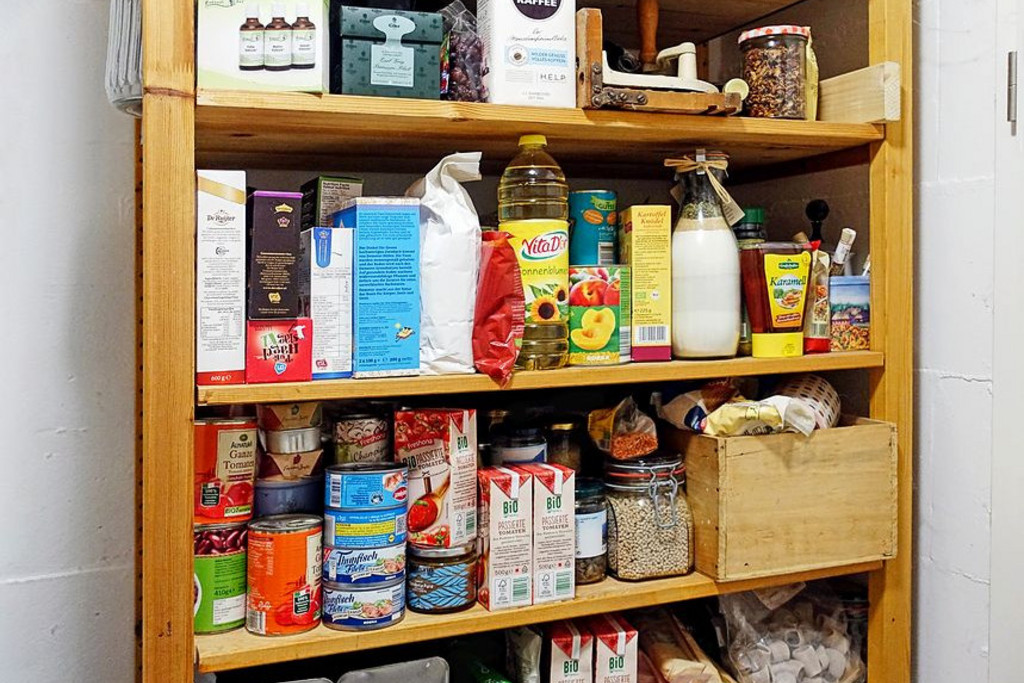
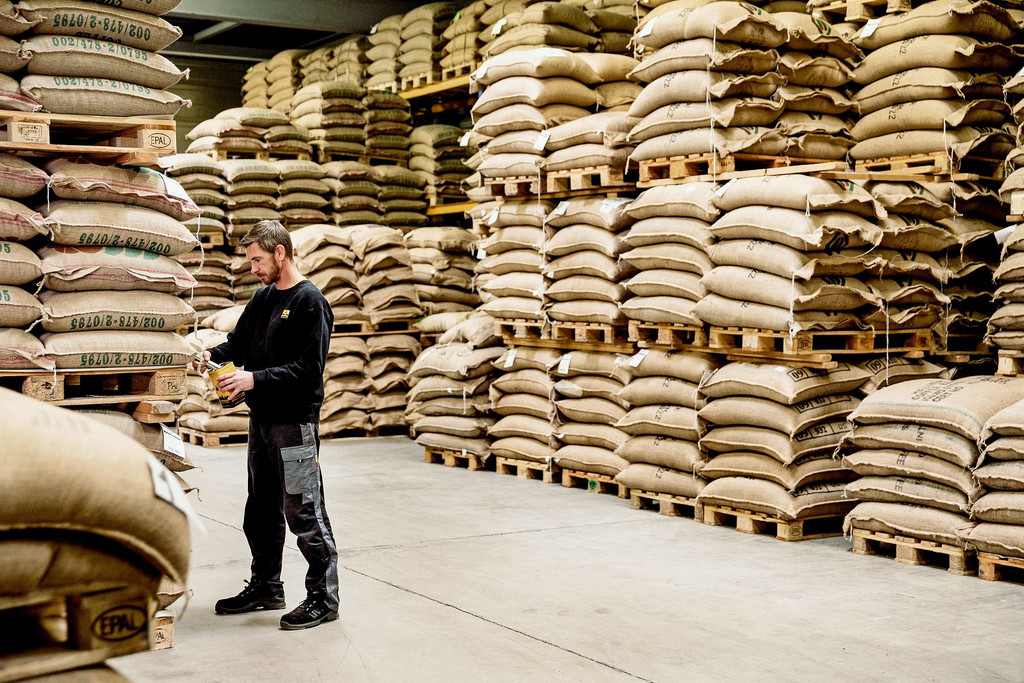
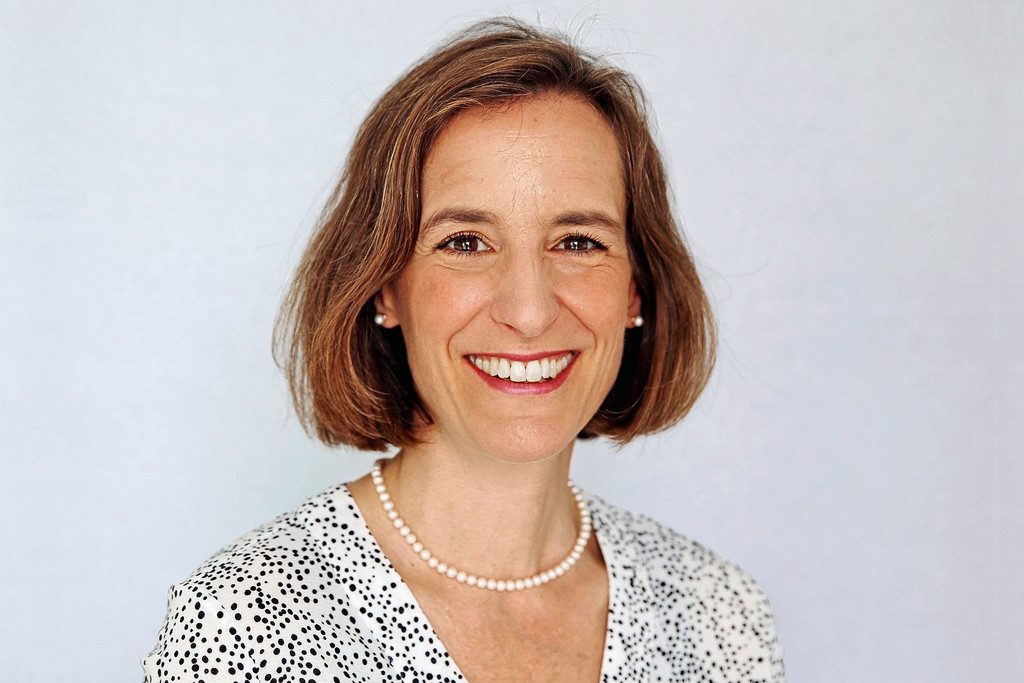

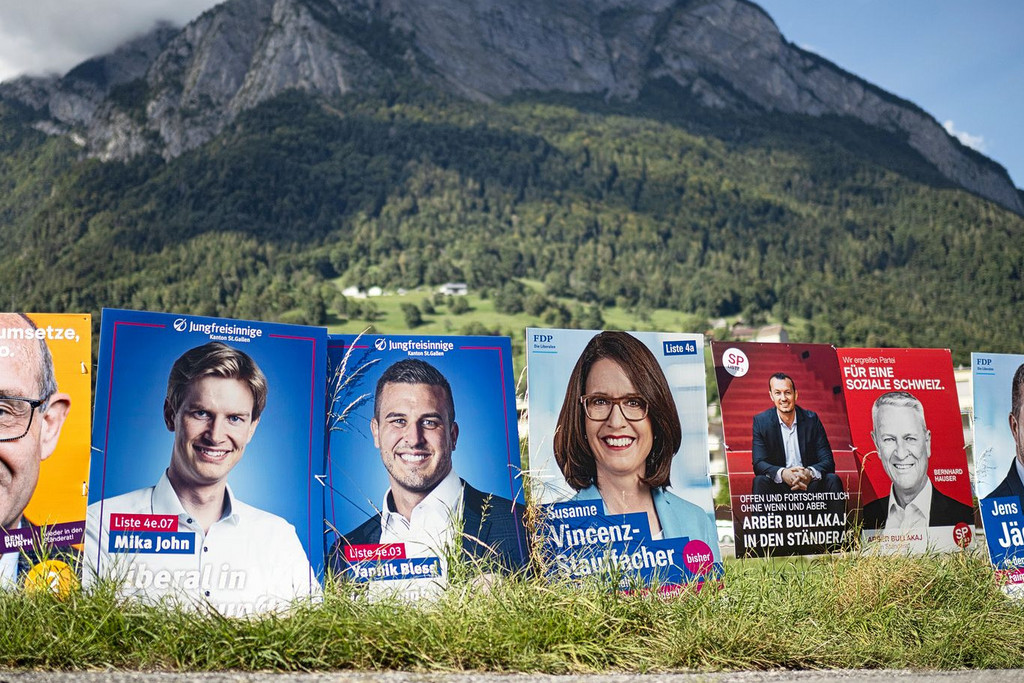
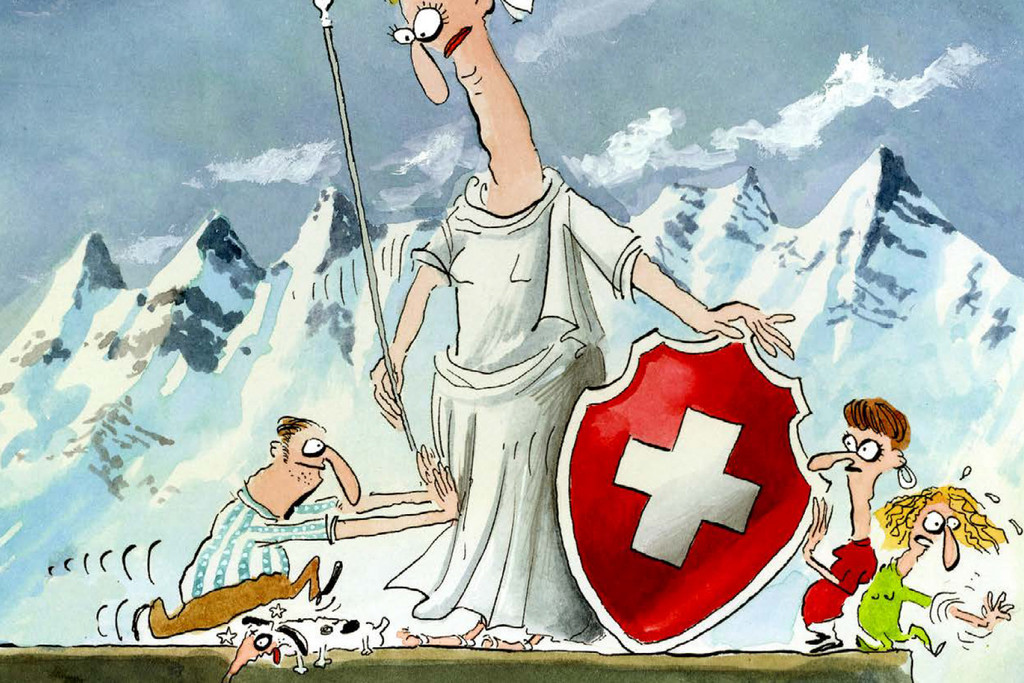
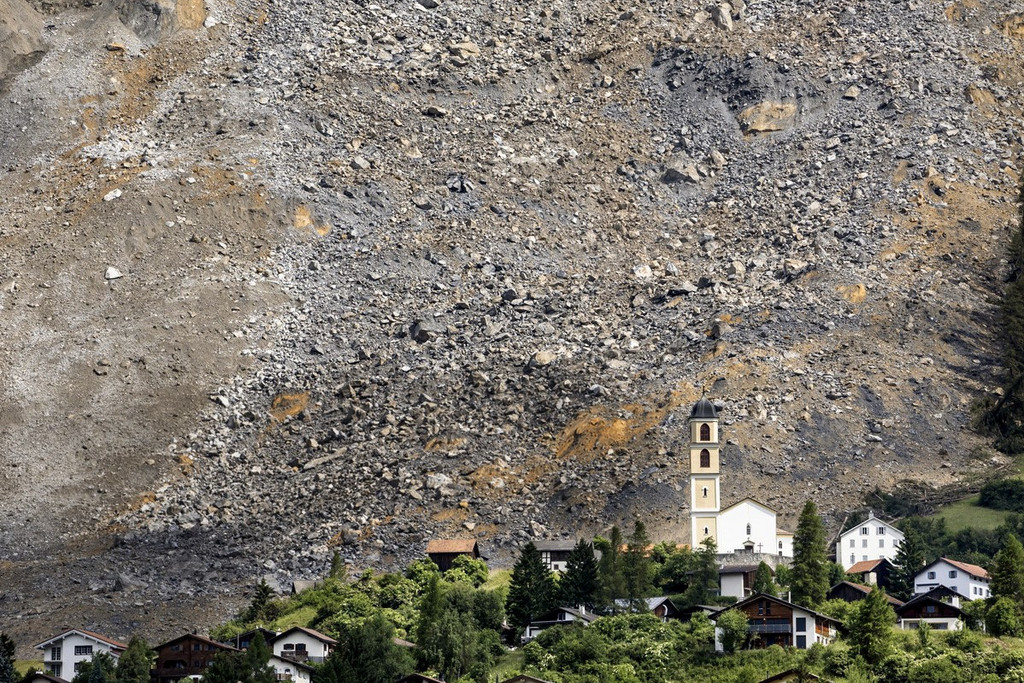




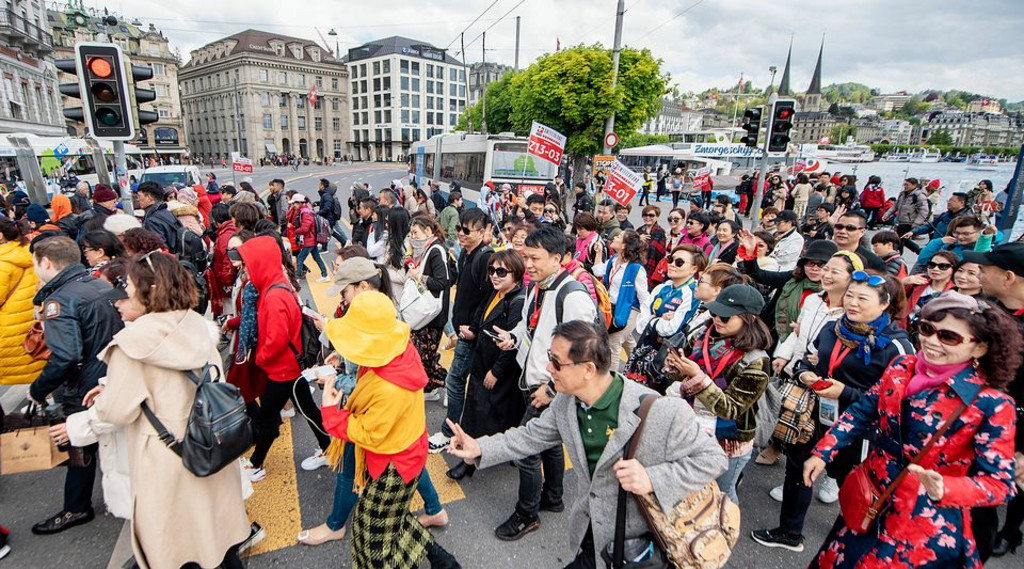
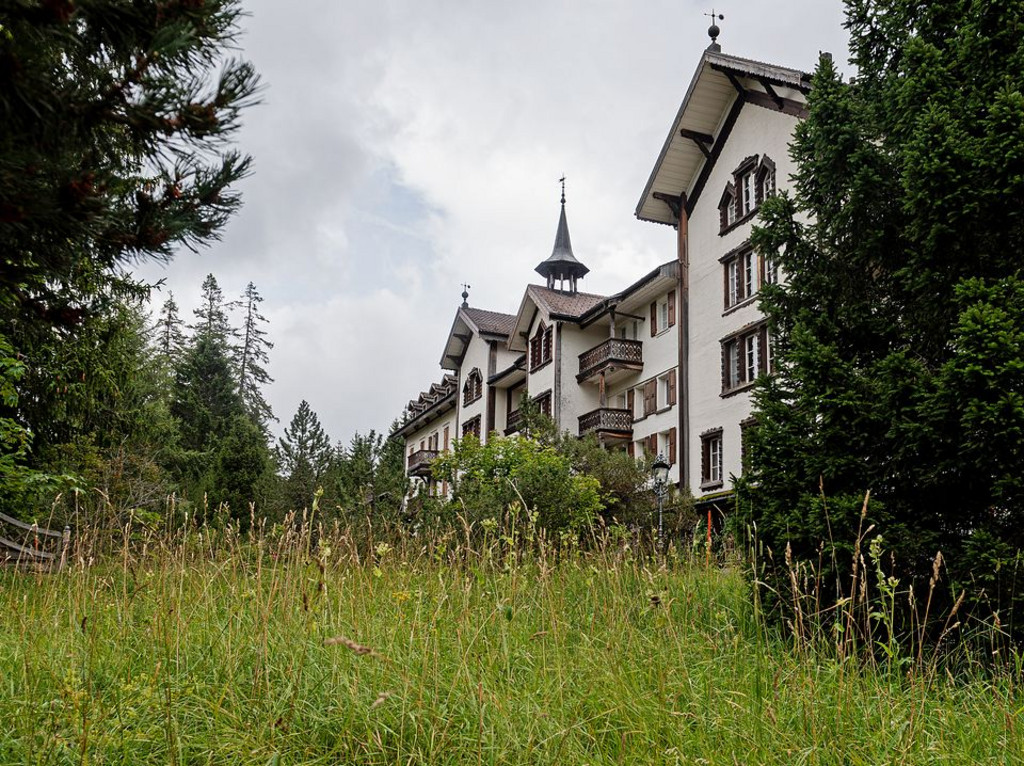
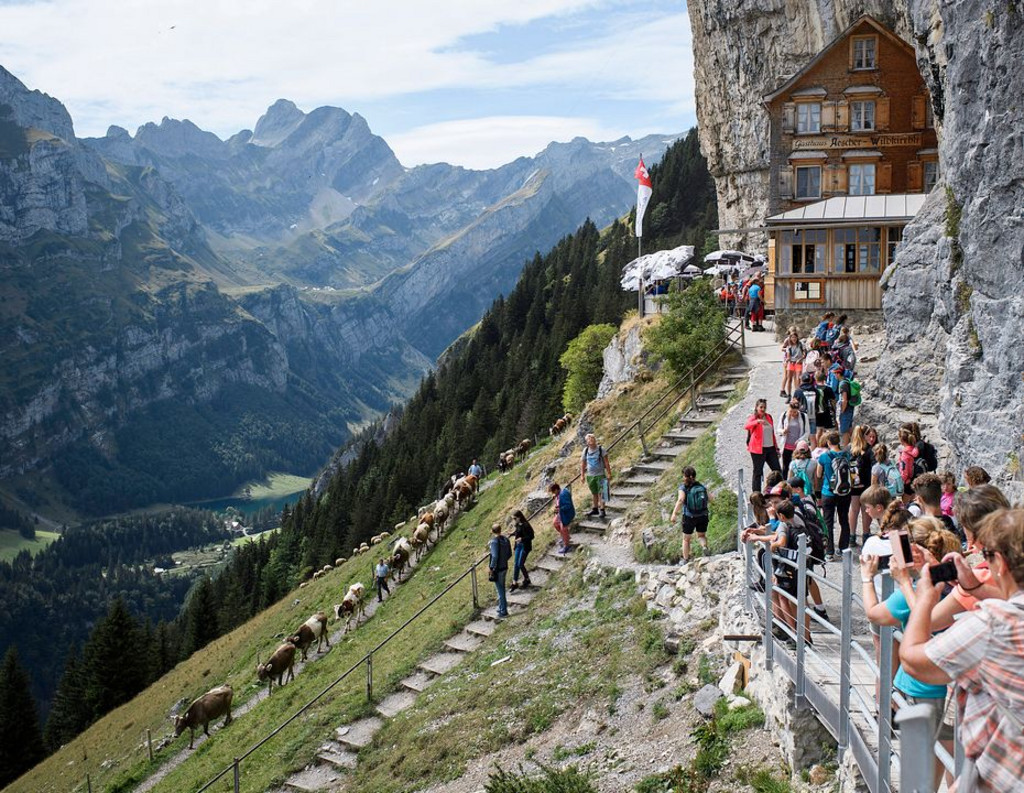
Comments
Comments :
as stated earlier in the article we are high value customers and this is what is needed in the rural areas, it seems like a perfect fit. sightseeing and nightlife can be had anywhere, local based activities are whats wanted and the food experience is second to none, ho the cheese, bread and bundnerfleisch. can't wait to go again.